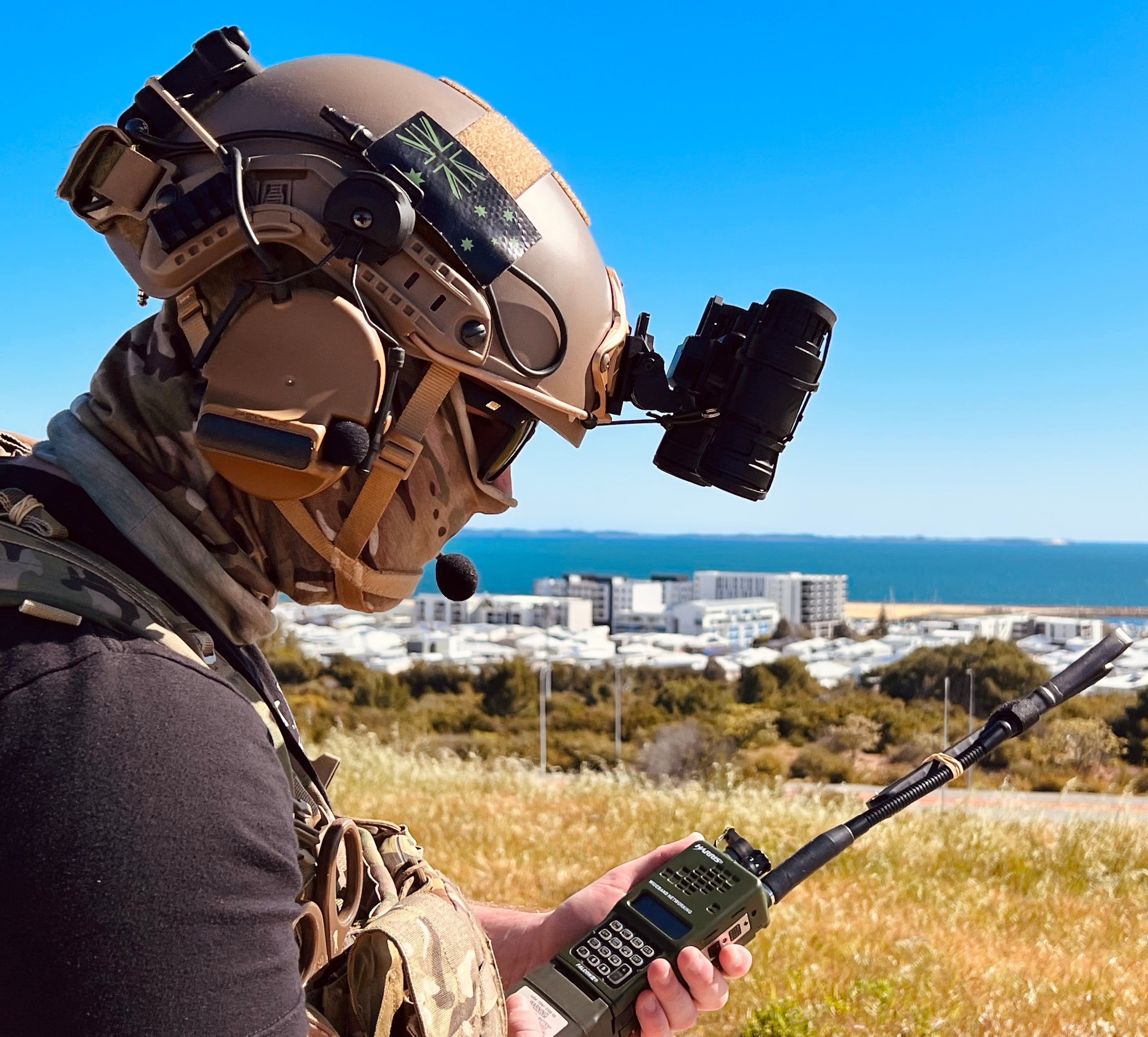In today’s increasingly unstable global climate, the effects of geopolitical tension, military conflict, and strategic realignment are rippling across international supply chains — and the night vision industry is no exception.
As global demand for night vision systems intensifies amid escalating conflicts, rising security threats, and renewed military modernization, manufacturers, retailers, and end-users alike are encountering growing challenges in sourcing image intensifier tubes, particularly from Photonis Defence and other major suppliers.
The Strategic Importance of Night Vision Systems
Image intensifier tubes — the core components of most night vision devices — are classified as defence articles or dual-use goods in most jurisdictions. These tubes are critical to the operation of night vision monoculars, binoculars, weapon-mounted optics, and advanced fusion systems used by militaries, law enforcement, and national security organizations worldwide.
With conflicts in Eastern Europe, the Middle East, and other high-tension regions continuing to escalate, demand for reliable and high-performance night vision technology has surged. This puts significant strain on manufacturers such as Photonis Defence, L3Harris Technologies, and Elbit Systems, who are now tasked with meeting the operational needs of NATO-aligned and United States military forces.

A Ukraine Special Operations Forces soldier walks through water on the shores of the Dnipro River using night vision goggles during a night mission in Kherson region, Ukraine, Sunday, June 11, 2023. (Photo Credit: AP Photo/Felipe Dana)
L3Harris Halts Commercial Tube Supply
In a dramatic shift impacting the US night vision market, L3Harris Technologies — one of the leading global producers of Generation 3 image intensifier tubes — has suspended its commercial off-the-shelf supply to U.S.-based civilian integrators and small night vision manufacturers.
This move, driven by:
-
Increased military demand
-
Strategic prioritization of U.S. defense contracts
-
Heightened national security concerns
This marks a major turning point in commercial access to top-tier night vision components inside of the United States. As a result, domestic U.S. businesses have reported indefinite halts on restocking of L3 Generation 3 tubes.

(Photo Credit: L3Harris Technologies - Generation III Intensifier Tubes)
Impacts on Retailers and End-Users
Retailers and consumers alike are already feeling the effects of these global shifts. What was once a predictable lead time for Photonis ECHO+ or 4G intensifier tubes has now become fluid and often unreliable, with allocations frequently delayed or redirected to priority contracts.
Key Impacts:
-
Extended wait times for Photonis and other tube manufacturers
-
Price increases due to limited availability and soaring global demand
-
Reduced selection outside of OEM/manufacturer-direct channels
-
Prioritization of government and large contract clients over independent resellers or private customers
The Way Forward: Planning, Flexibility, and Communication
Despite these challenges, reputable night vision suppliers continue to navigate the turbulence by leveraging strong manufacturer relationships, forward ordering strategies, and transparent customer communication.
What Buyers Should Know:
-
Order early — forecasting your needs is now more important than ever.
-
Expect shifting lead times — geopolitical instability means shipping and production timelines can change at short notice.
-
Be flexible with specifications — consider alternatives like NNVT Generation 2+ tubes, which provide excellent performance at a lower price point.
-
Stay informed — world events can and will affect your procurement timelines and options
Conclusion
Global geopolitical instability has redefined the landscape of the night vision industry — from a niche tactical market to a strategically sensitive defence technology sector. With companies like Photonis Defence prioritizing military production and L3Harris halting commercial tube availability, the role of planning, adaptability, and informed procurement has never been more critical.



